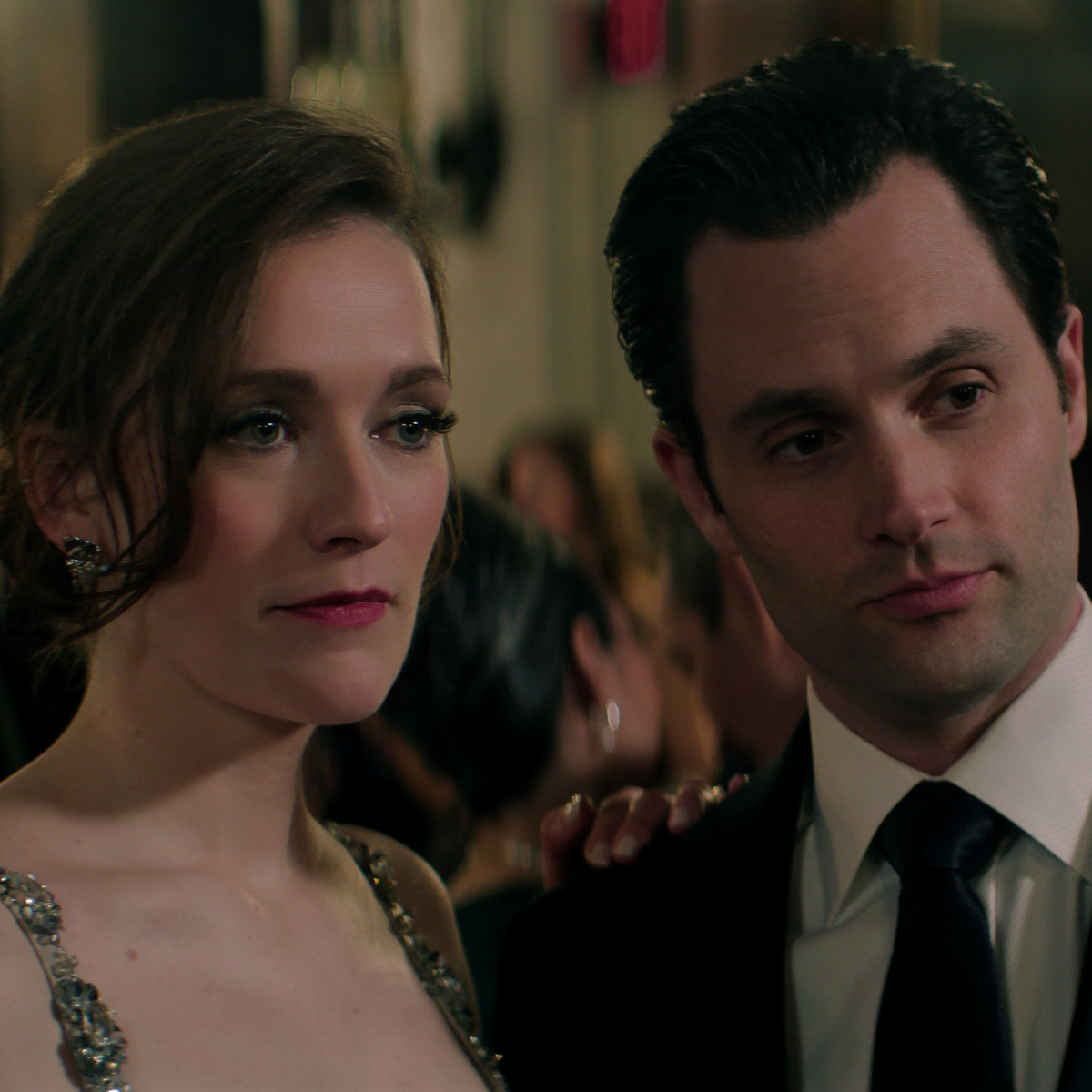Women's average working hours have taken a smaller hit during the pandemic than men's, according to new study
According to new research, full-time female employment in the UK has actually increased during the pandemic.


According to new research, full-time female employment in the UK has actually increased during the pandemic.
It's no secret that the pandemic has upended the careers of countless women. With female-dominated industries like retail and hospitality bearing the brunt of numerous lockdowns and thousands of job losses – not to mention many women having to balance full-time careers with childcare and other unpaid domestic labour – early evidence suggested that women were set to face a she-cession owing to the impact of Covid-19.
But according to new research from the Resolution Foundation, women's working hours were not as hard hit by the pandemic as initially predicted. In fact, according to the thinktank's quarterly labour market report, women's average working hours in the UK have declined far less than men's over the course of the Covid-19 pandemic.
The employment rate among men has fallen by 2.4% since the start of the crisis, compared to a less dramatic decline of 0.8% for women. Meanwhile, full-time female employment has actually increased over the course of the pandemic – with the average woman without children working more than her pre-pandemic hours by the start of 2021.
"We don’t know for sure why this is, but it’s consistent with the pattern that we saw after the financial crisis, when women (particularly those in couples) started working more to make up for the income they’d lost," Hannah Slaughter, an economist at the Resolution Foundation, told Marie Claire.
Overall, the fall in women’s total hours worked has been around a third smaller than that of men's. Resolution Foundation said that this was partly due to women making up 70% of the workforce in the public sector, including education and health, where employment has remained relatively stable.
"It’s true that many industries that have borne the brunt of the crisis, such as hospitality, employ more women than men. But other female-dominated industries like health and education were protected from the employment hit (although of course women in those sectors faced a higher risk of catching the virus)," said Slaughter.
Marie Claire Newsletter
Celebrity news, beauty, fashion advice, and fascinating features, delivered straight to your inbox!
"The crisis has also had a bigger impact than we initially expected on male-heavy industries, such as manufacturing. So when we look at all sectors together, there hasn’t really been a link between the sectors that have been hardest hit and those that are female-dominated."
But things looked decidedly different for working mothers. When businesses began to reopen last July but schools remained closed, the report found that mothers' working hours were down by 24% on their pre-pandemic level – four times larger than those of fathers, whose hours were down 6%.
While this gap had mostly closed by January, 18% of mothers said they had adjusted their working patterns to accommodate childcare or home schooling, compared with 13% of fathers.
Following news that over half a million Brits won't return to the office full-time after the pandemic, the thinktank also found that fewer women than men had a desire to return to full-time roles.
Kate McCusker is a freelance writer at Marie Claire UK, having joined the team in 2019. She studied fashion journalism at Central Saint Martins, and her byline has also appeared in Dezeen, British Vogue, The Times and woman&home. In no particular order, her big loves are: design, good fiction, bad reality shows and the risible interiors of celebrity houses.
-
 How the slogan t-shirt became this season's must-have - and why it's more than just another trend
How the slogan t-shirt became this season's must-have - and why it's more than just another trendNot just another Nineties throwback
By Clementina Jackson
-
 How are Trump’s tariffs affecting the fashion industry?
How are Trump’s tariffs affecting the fashion industry?The fluctuating situation in the US is having very real consequences
By Rebecca Jane Hill
-
 Here's every character returning for You season 5 - and what it might mean for Joe Goldberg's ending
Here's every character returning for You season 5 - and what it might mean for Joe Goldberg's endingBy Iris Goldsztajn